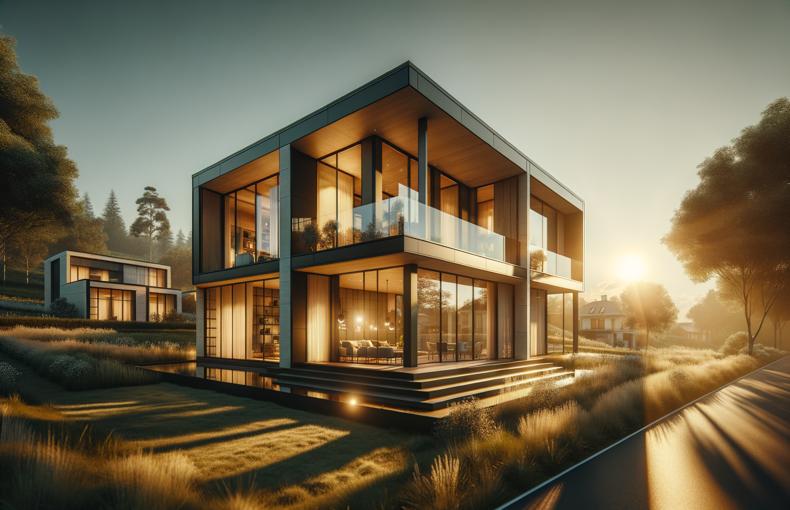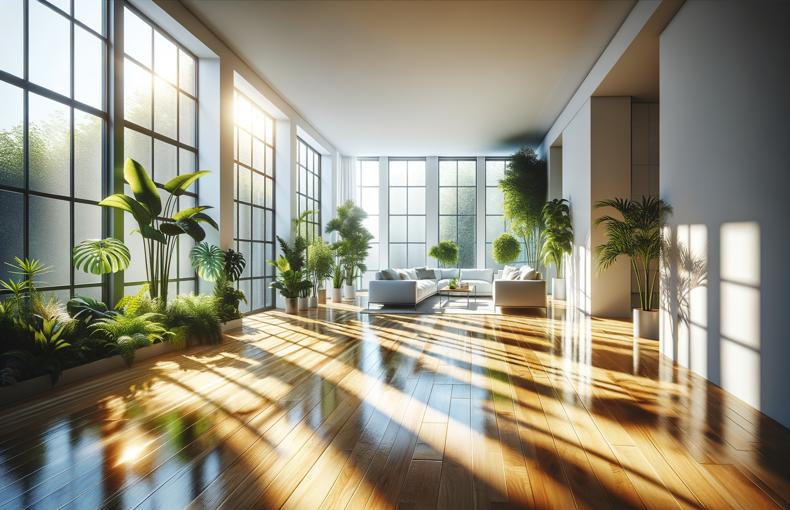Harnessing the Power of Natural Light: A Guide to Enlightened Home Design
Natural light is not just a design element; it's an essential aspect of creating a harmonious and healthy living space. As an architect passionate about crafting spaces that inspire and uplift, I've delved deep into the role of natural light in home design. In this blog post, we'll explore the transformative effects of natural light, its influence on architectural decisions, and how to maximize its presence in your home.
-
The Benefits of Natural Light: Natural light offers more than just illumination; it enhances mood, boosts productivity, and promotes overall well-being. Studies have shown that exposure to natural light can regulate our circadian rhythms, leading to better sleep patterns and increased energy levels during the day.
-
Architectural Considerations: Integrating natural light into home design requires careful consideration of several factors:
- Orientation: Orienting your home to capture sunlight effectively is crucial. South-facing windows receive the most sunlight throughout the day, while north-facing windows provide more consistent, diffused light.
- Window Placement: Strategically placing windows to maximize light penetration and minimize glare is essential. Consider the path of the sun throughout the day and how it interacts with your home's layout.
- Open Floor Plans: Open floor plans promote the flow of natural light throughout the interior space, creating a seamless connection between indoors and outdoors.
- Skylights and Light Wells: Incorporating skylights and light wells can introduce natural light into areas that are typically darker, such as corridors, stairwells, and bathrooms.
-
Designing with Light: Natural light can dramatically influence the ambiance and aesthetics of a home:
- Material Selection: Choosing light-reflective materials for walls, floors, and ceilings can amplify the effects of natural light, creating bright and airy spaces.
- Window Treatments: Opt for sheer or translucent window treatments that allow light to filter through while maintaining privacy. Avoid heavy curtains or blinds that block out natural light when not needed.
- Interior Layout: Arrange furniture and fixtures to make the most of natural light, allowing it to penetrate deep into the interior spaces and minimizing shadows.
-
Energy Efficiency: Harnessing natural light is not only beneficial for occupants but also for the environment:
- Daylighting Strategies: Implementing daylighting strategies reduces the need for artificial lighting, lowering energy consumption and utility costs.
- Passive Solar Design: Incorporating passive solar design principles, such as thermal mass and shading devices, optimizes natural light and heat gain while minimizing heat loss, enhancing overall energy efficiency.
Conclusion
Natural light is a powerful design element that can transform the look and feel of your home. By understanding its benefits and implementing thoughtful design strategies, you can create spaces that are not only visually stunning but also promote health, happiness, and sustainability. As an architect committed to elevating your living experience, I'm here to help you unlock the full potential of natural light in your home design journey. Let's illuminate your space together!











